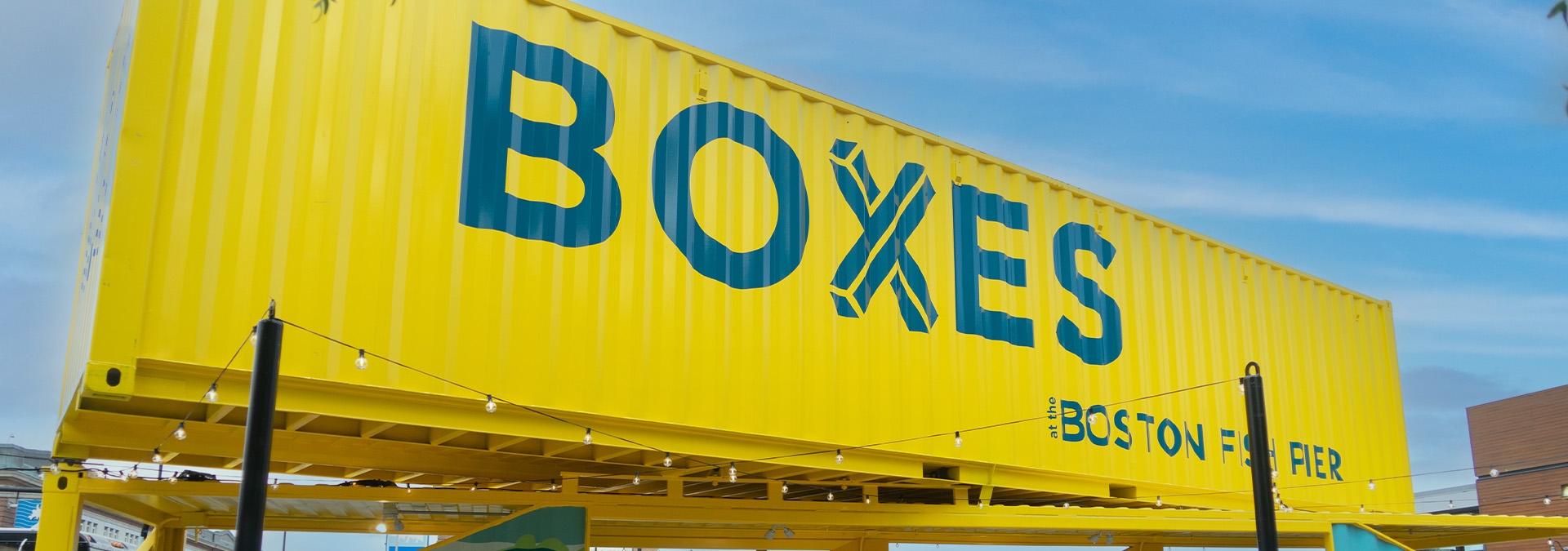
Community
Shaping Boston's Waterfront
The following objectives guide Massport in planning, developing, and managing the use of more than 450 acres of maritime industrial and commercial mixed-use property it owns in Charlestown, East Boston, and South Boston:



An Evolving Waterfront
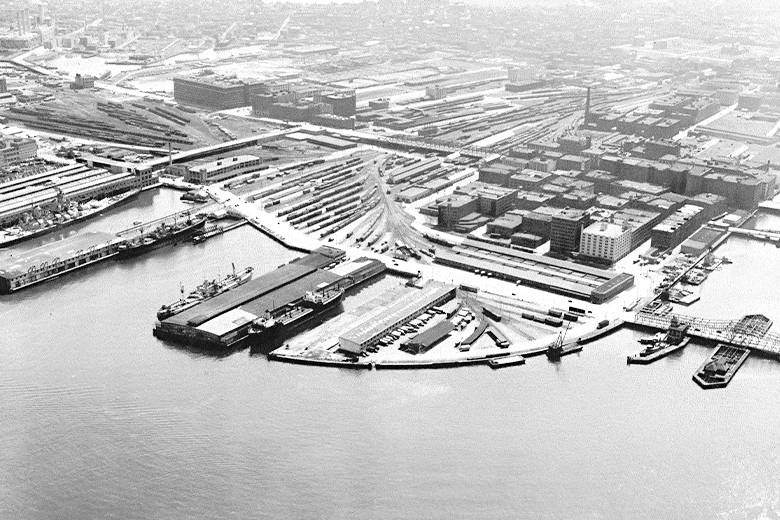
Upon its creation in 1956, Massport took on a dual mission with regard to its waterfront real estate: to support viable maritime industrial uses in the Port of Boston, while identifying higher and better uses for those properties no longer needed to support port activities.
Early conversions of Massport assets in the 1980s included Hoosac Pier in Charlestown and Commonwealth Pier in South Boston, representing “pioneering” investments to adapt obsolete break-bulk terminals to commercial uses.
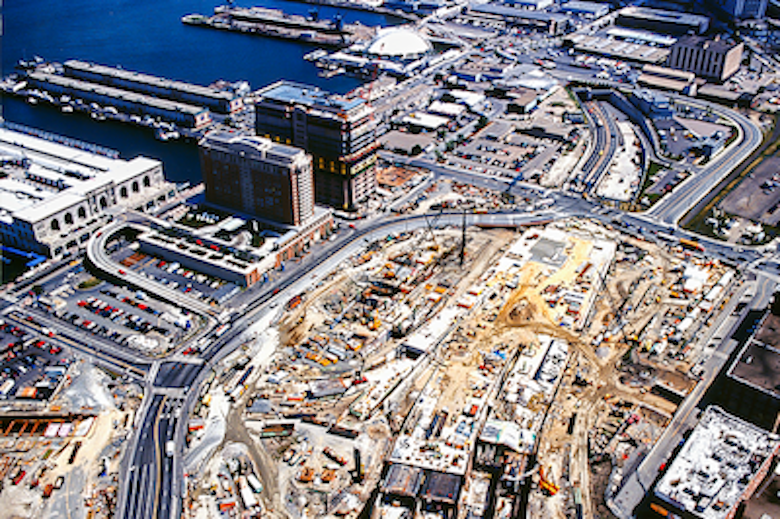
In the 1990s, the generational transportation infrastructure investments by the Central Artery/Tunnel and MBTA Silver Line projects, much of which is on Massport land, improved access and unlocked development capacity in the South Boston Waterfront.
Subsequent Massport master planning—done in close coordination with the City of Boston—created and communicated a public plan for mixed-use and transit-oriented development on approximately 70 acres in heart of the South Boston Waterfront. Massport’s plan, coupled with the offer of long-term ground leases, stimulated some of the earliest private development investment in the waterfront at a time when it remained a post-industrial landscape of rail yards and parking lots.
As the South Boston Waterfront has developed, Massport has worked with its partners and developers to support investments in sustainable and resilient design. This includes 601 Congress Street, now known as the Seaport Science Center, which was the first LEED-Certified Class A office building in Boston, certified in 2006. Waterside Place, Ora Seaport, the Hyatt Place Boston Hotel, and the Seaport East and West buildings are also LEED-Certified. In addition to sustainability, resilient design is a critical factor in project selection processes, with developments like the Ora Seaport, the Hyatt Place Boston Hotel, and Commonwealth Pier incorporating innovative resiliency solutions to mitigate flooding risk and protect the buildings for generations to come.
Today, Massport’s real estate portfolio in the South Boston Waterfront includes nearly 10 million square feet of commercial and industrial development, four hotels, and more than 1,750 residential units, as well as parks, open spaces, and retail/restaurant amenities.
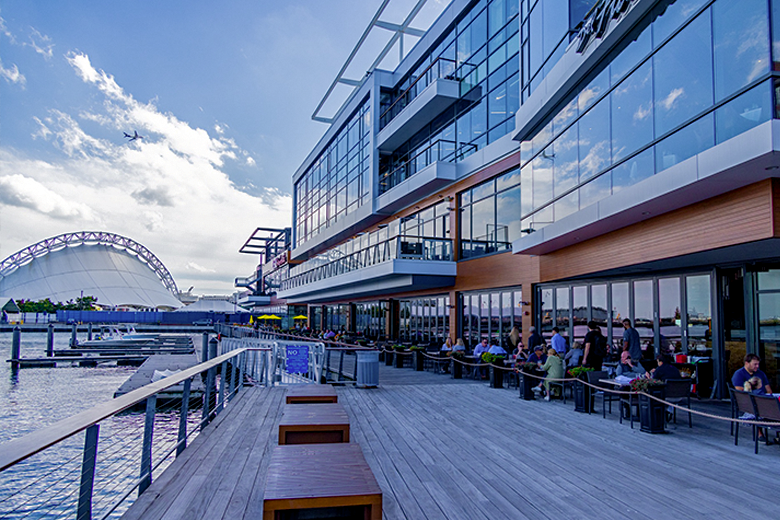
Prioritizing Diversity
The request for proposals (RFP) Massport issued for its Parcel D-2 in 2016, leading to the creation of the Omni Boston Hotel at the Seaport, sought to expand opportunities for women and people of color in real estate. The RFP set the strength of each bidding team’s diversity, equity, and inclusion (DE&I) plan as one of four equally weighted selection criteria, which compelled teams to compete on DE&I as an integrated component of their overall proposals.
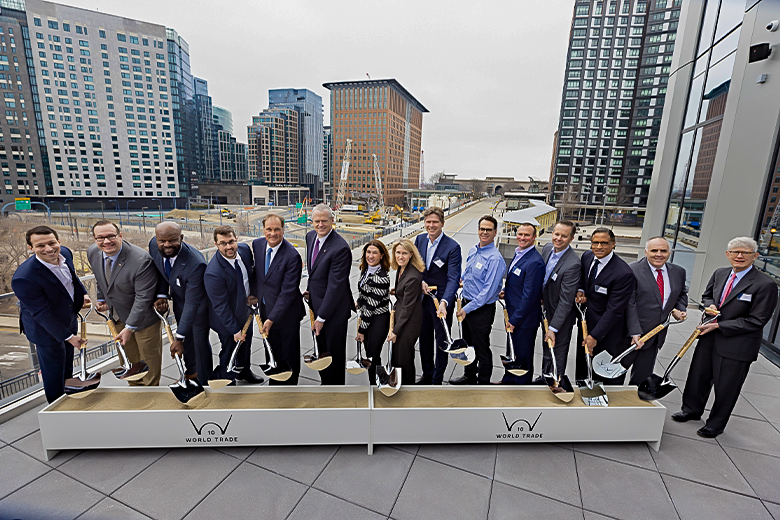
Massport has applied this innovative approach, now referred to as the “Massport Model,” with good results to several subsequent development RFPs and other procurement documents. The Massport Model has led to new business partnerships, office openings, leadership roles, investment opportunities, and consulting contracts for diverse individuals and businesses, and, importantly, it has inspired other public and private organizations to build upon the model and push DE&I boundaries as well.
Public Realm
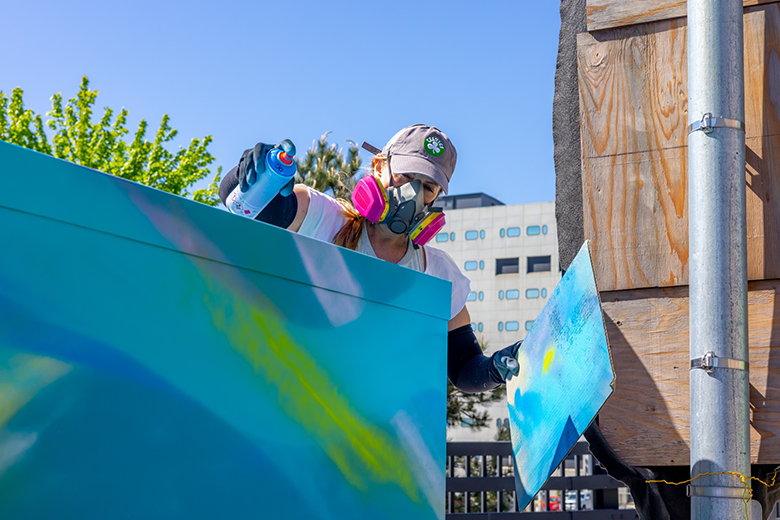
In 2018, Massport began to include projects’ contribution to the public realm in evaluating real estate development proposals. Public realm elements include, but are not limited to, public art projects, performances, accessible public space, and strategies for programming and activating project sites.
Massport and our partners are contributing to the public realm and creating great spaces for the Boston community.
Boston’s Seafood Industry
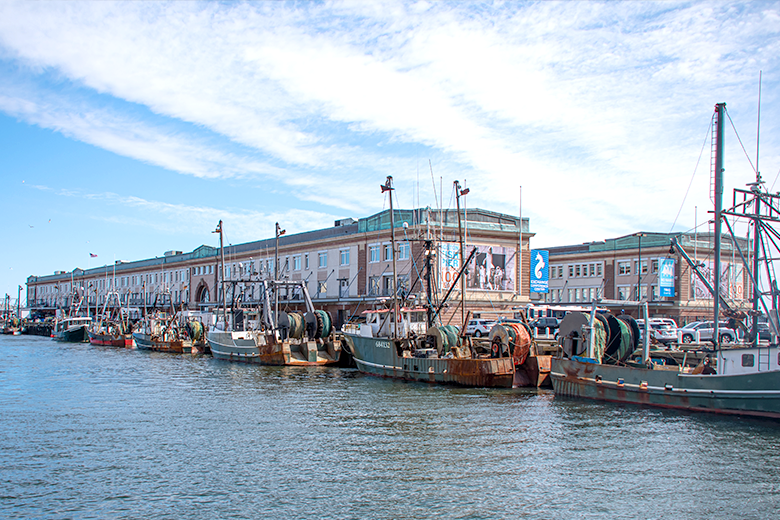
Building upon a long and proud tradition, Boston remains one of four major seafood processing centers in the U.S. with an important cluster of businesses in and around the South Boston Waterfront. Today, the seafood industry is a global enterprise, dependent on Boston Logan International Airport and Conley Terminal for fresh and frozen seafood, respectively, as well as the catch from local vessels and that trucked in from regional sources. Massport manages the historic Boston Fish Pier on Northern Avenue with a diverse array of seafood businesses and more than 20 home-port vessels. Larger facilities operate nearby at the Massport Marine Terminal.